
-
| 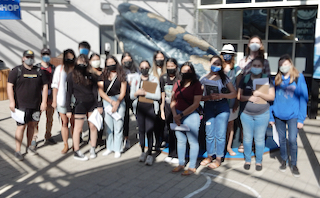
-
| 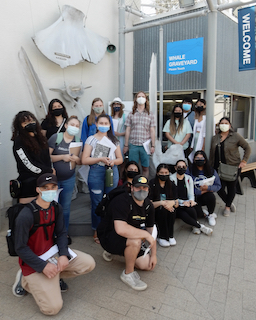
-
|
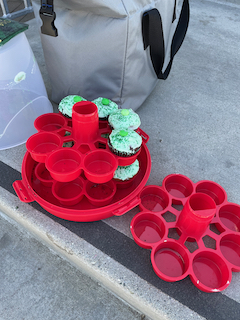
-
| 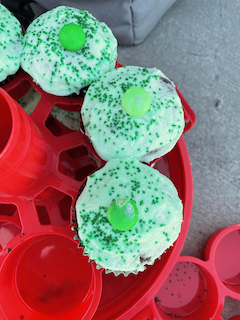
-
| 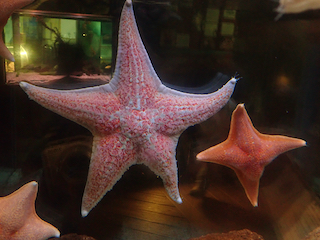
Dermasterias imbricata (leather star) on left of an unusually four-rayed Patiria miniata (bat star).
|
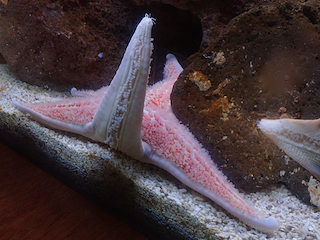
-
| 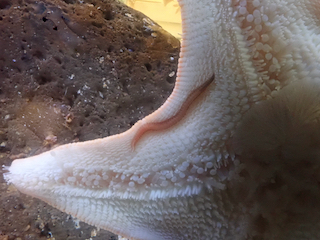
-
| 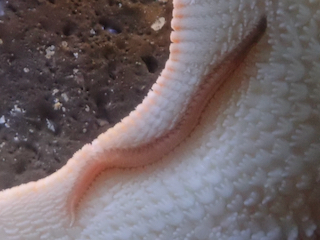
From the Cabrillo Marine Aquarium last week, a Patiria miniata (bat star) with its stomach against the glass, and a
commensal polychaete, probably Oxydromus pugettensis from a different family for commensals than usual, Hesionidae. Lots of larger animals have commensals and the commensals
can be in several different hosts, more or less related, but usually they are scale worms, Polynoidae. This worm species is a take-it-or-leave-it facultative commensal,
but is usually observed associated with bat stars in California.
|
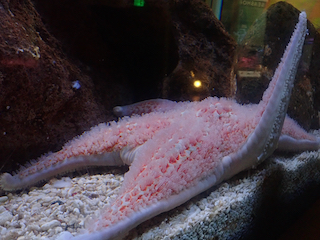
-
| 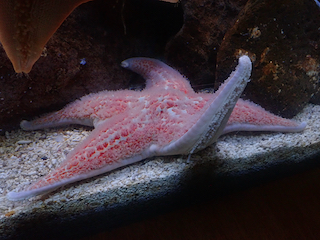
-
| 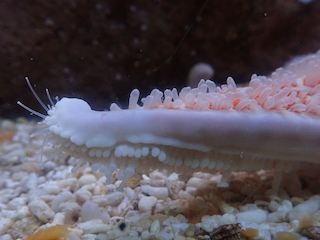
-
|
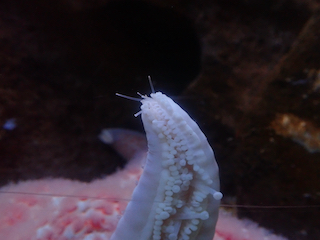
-
| 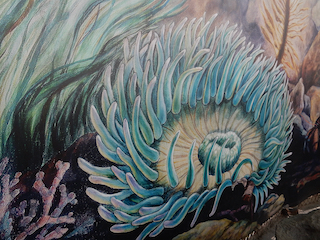
-
| 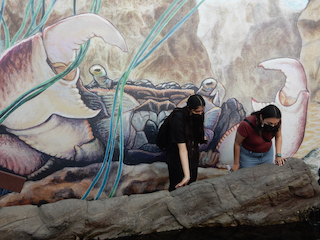
-
|
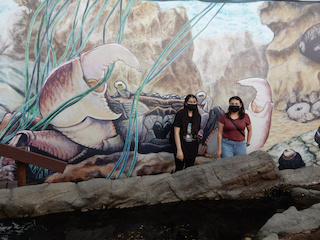
-
| 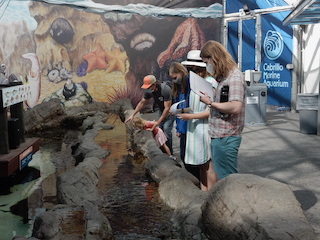
-
| 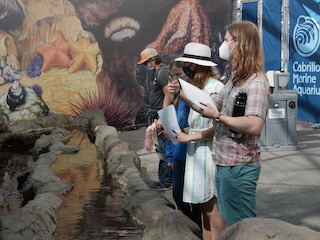
-
|
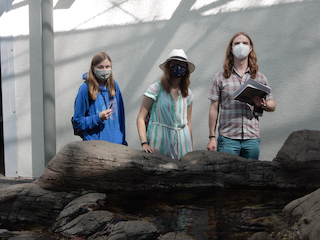
-
| 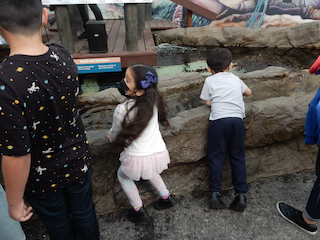
-
| 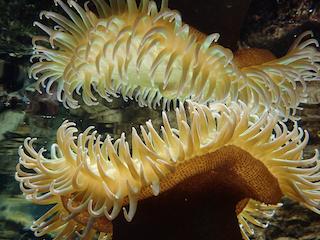
-
|
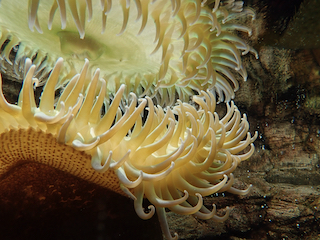
This anemone is confusing because it seems to lack radial lines on the oral disk (around the mouth),
as is typical for Anthopleura xanthogrammica (giant green anemone), but has parallel rows of spaced tubercles on its outer peduncle (outer lateral surfaces), as is typical for
the closely-related species, the large solitary Anthopleura sola and the normally small and clonal, A. elegantissima. I assumed that this must be A. sola,
but where are the radial lines?
| 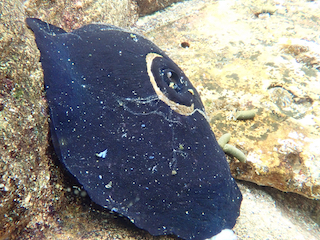
-
| 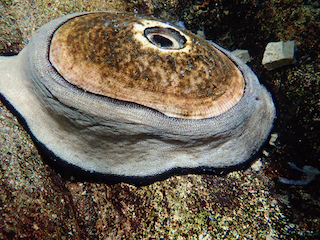
-
|
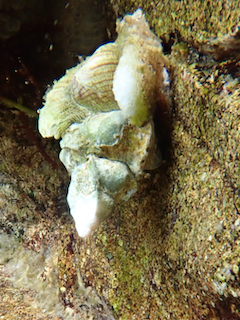
Pteropurpura festiva (festive murexx)
| 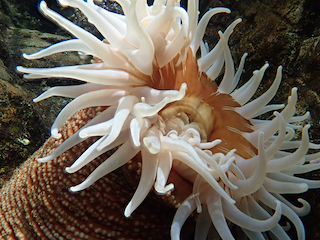
-
| 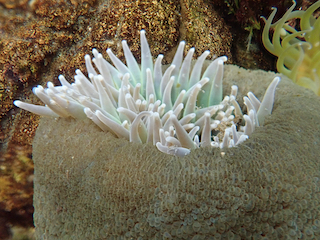
Anthopleura xanthogrammica (giant green anemone)
|
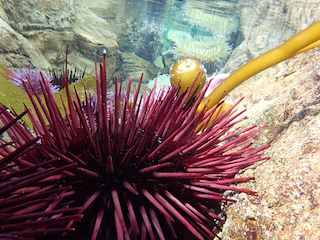
-
| 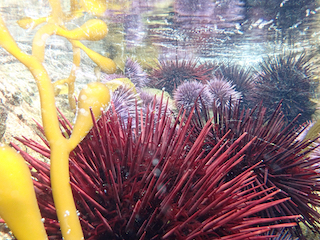
-
| 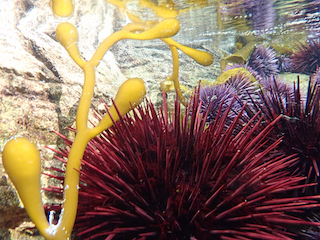
-
|
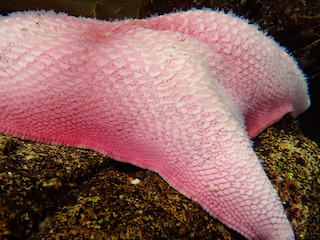
-
| 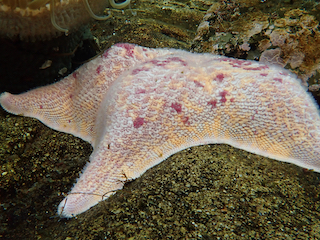
-
| 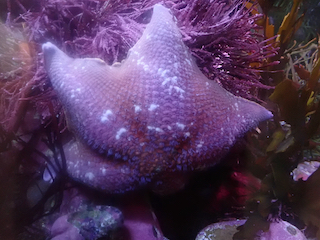
-
|
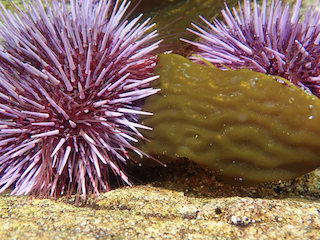
-
| 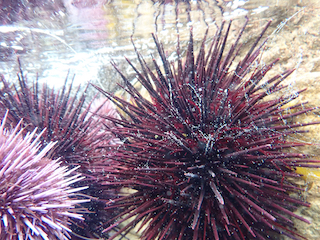
-
| 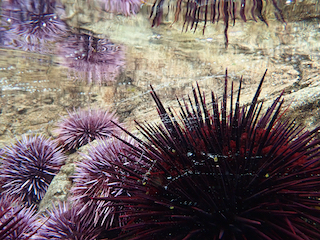
-
|
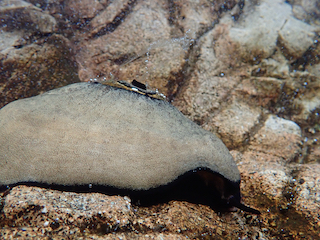
-
| 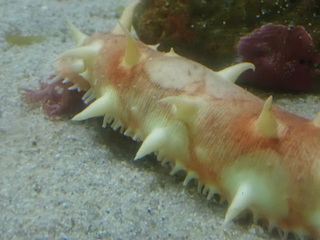
-
| 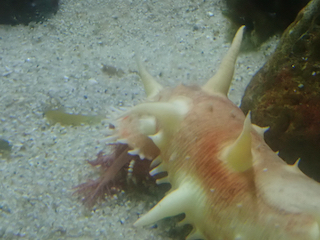
-
|
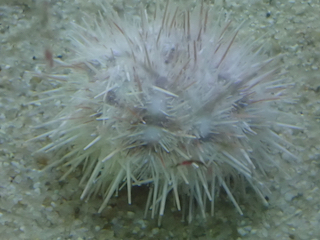
-
| 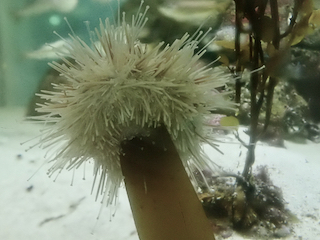
-
| 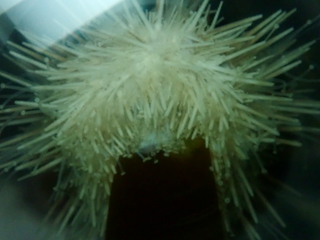
-
|
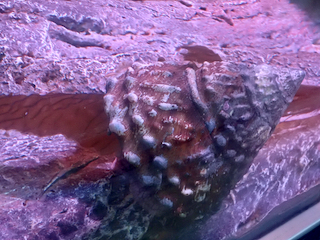
-
| 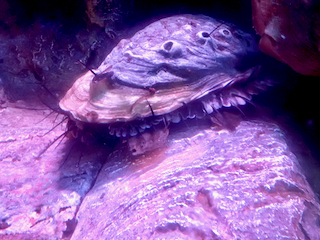
-
| 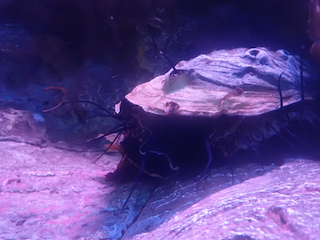
-
|
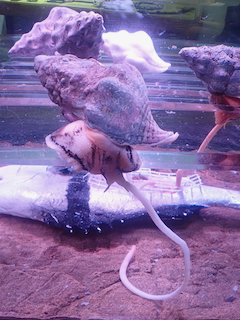
-
| 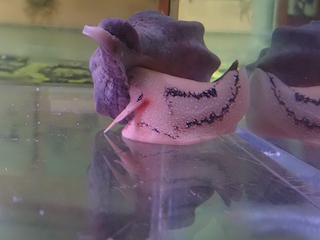
-
| 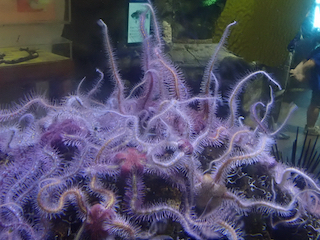
-
|
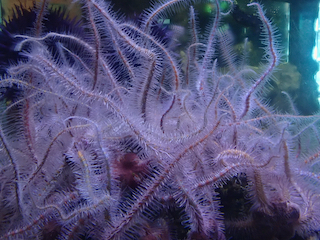
-
| 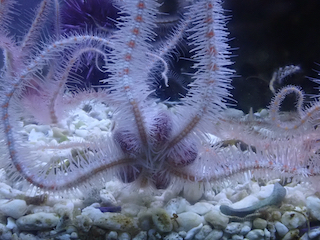
-
| 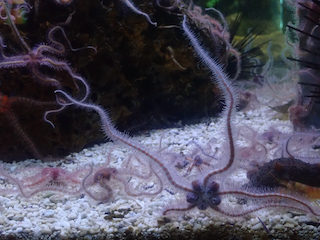
-
|
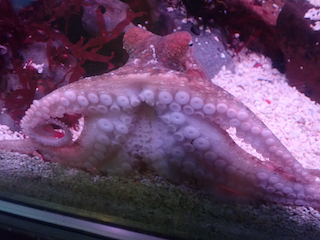
-
| 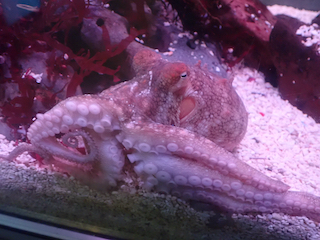
-
| 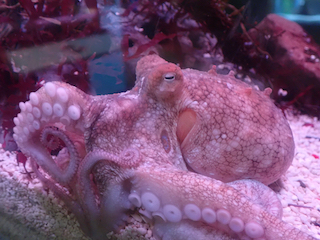
-
|
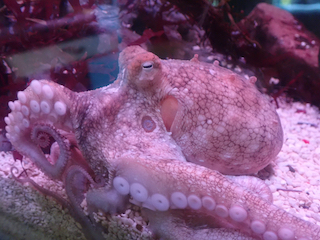
-
| 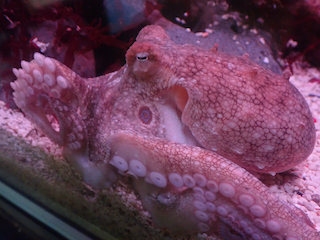
Confusingly, we have two species with similar species names, and both called two-spot octopus:
Octopus bimaculatus and O. bimaculoides. The former has a more irregular nature of its chain-like pattern of its blue ring, and both are more normally seen on
a black background. Of the two species, O. bimaculatus is larger and more likely to be subtidal, and has much smaller eggs that hatch as planktonic larvae, whereas O. bimaculoides broods much
larger embryos that emerge as benthic juvenile octopus hatchlings, without a planktonic period. This might be O. bimaculoides but I still find them difficult to
separate. O. bimaculoides had its genome sequenced in 2015. - Sources: Wikipedia (see image contrasting the blue rings) and
DiveMerry website
| 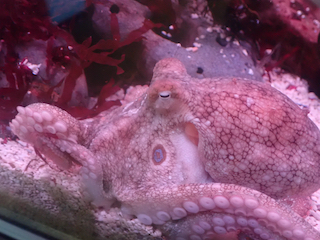
-
|
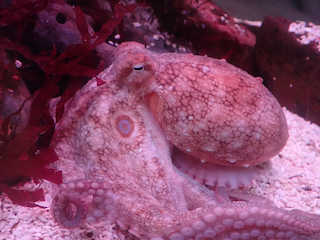
-
| 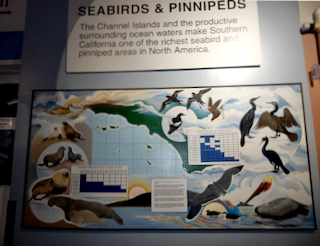
-
| 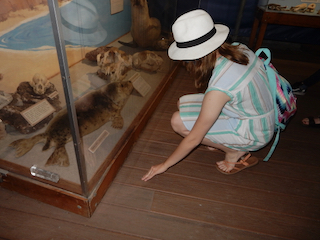
-
|
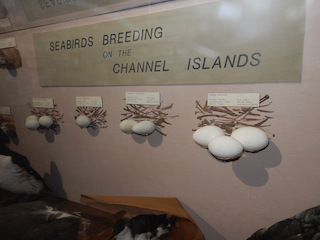
-
| 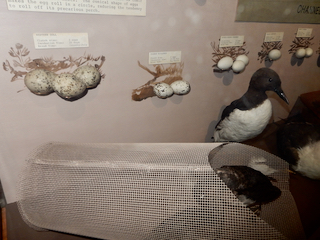
-
| 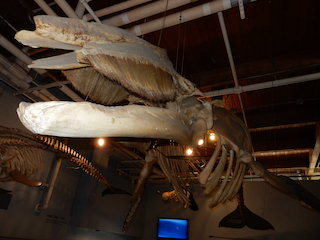
-
|
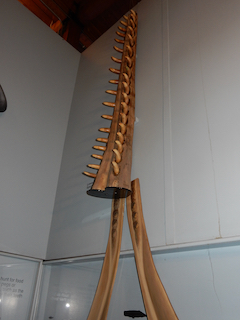
-
| 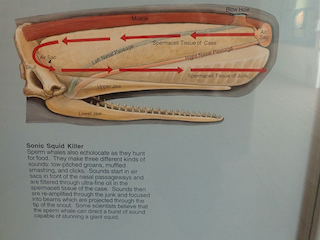
-
| 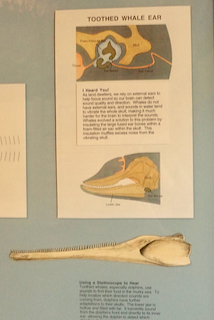
-
|
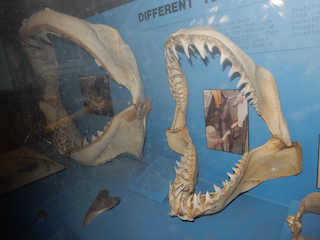
-
| 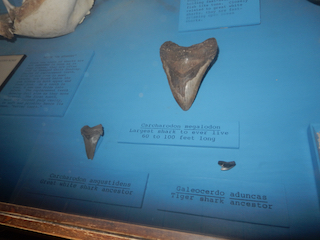
-
| 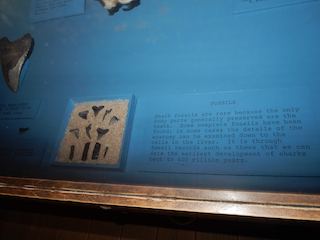
-
|
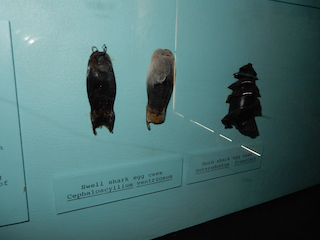
-
| 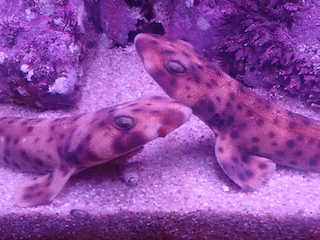
-
| 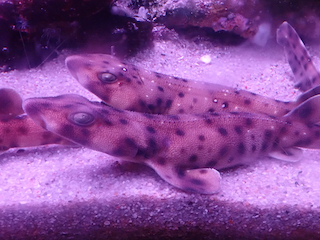
-
|
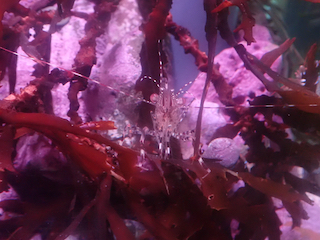
-
| 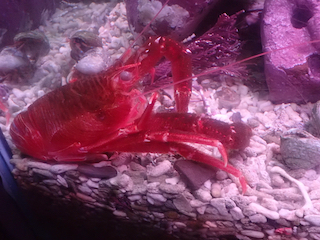
-
| 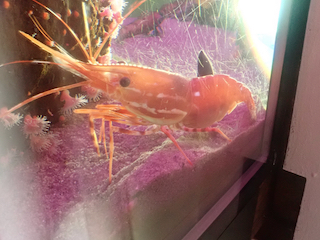
-
|
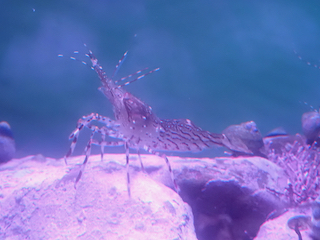
-
| 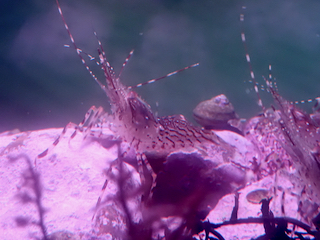
-
| 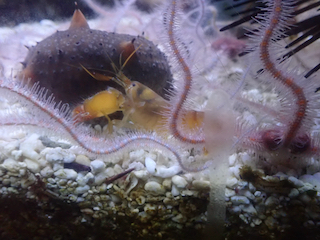
Tentatively Alpheus clamator (ID help from Greg Jensen). Another member of the same genus, A. californiensis,
is a larger snapping shrimp whose snap of its claw "has reportedly broken gallon glass jars that have been previously scratched"
(Source: Jensen 2014).
|
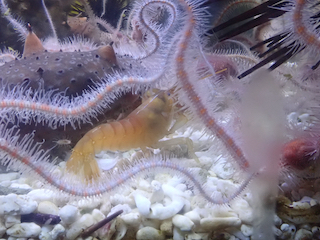
-
| 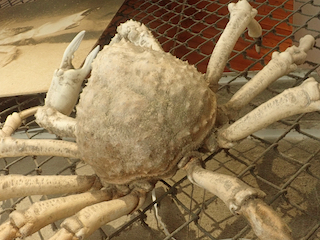
-
| 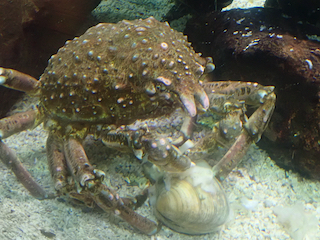
-
|
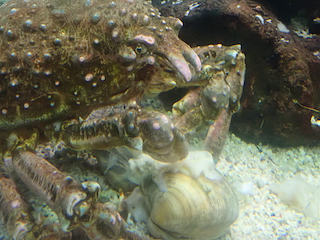
-
| 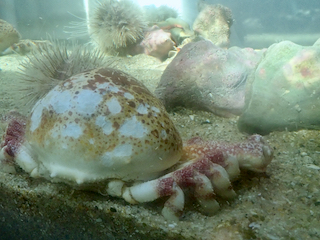
-
| 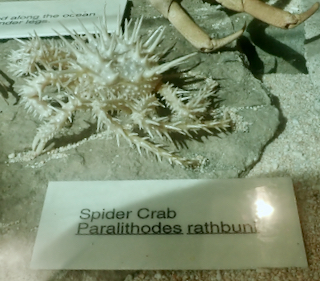
-
|
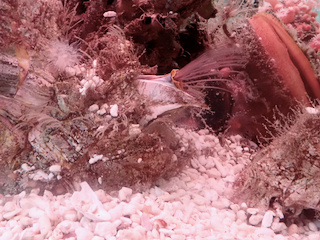
-
| 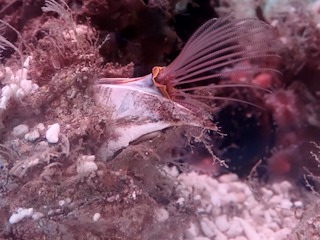
-
| 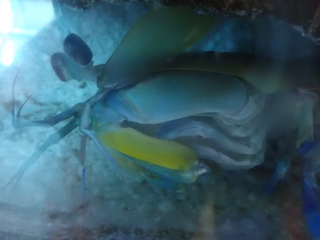
-
|
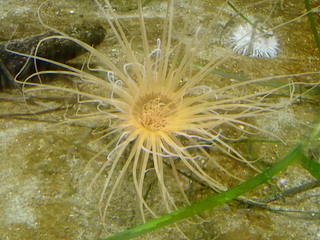
-
| 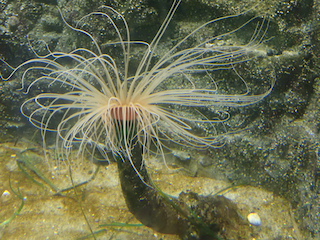
-
| 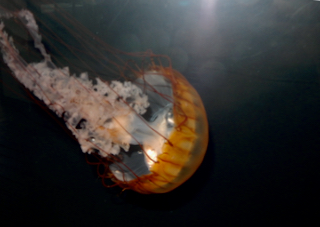
-
|
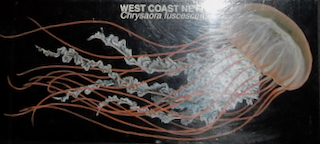
-
| 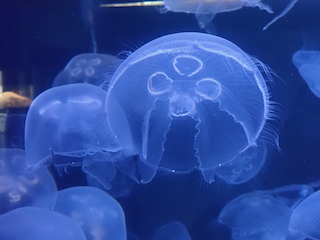
-
| 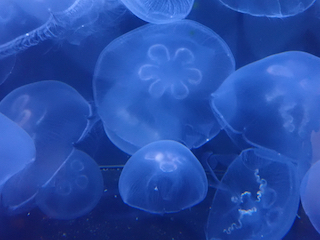
-
|
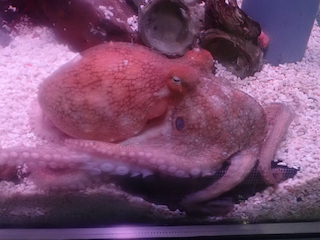
-
| 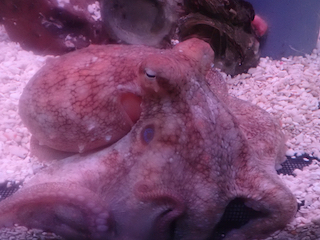
-
| 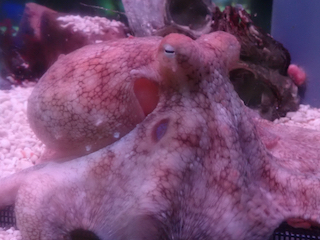
-
|
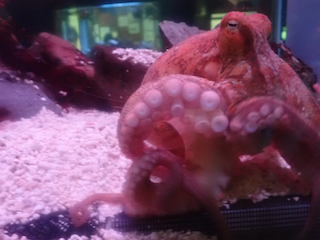
-
| 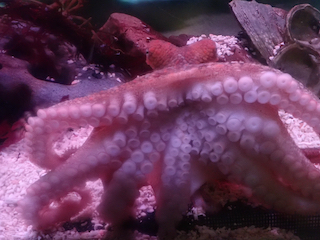
-
| 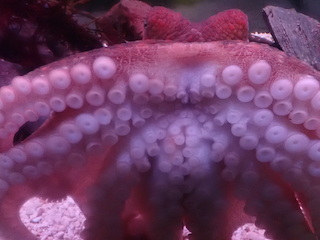
-
|
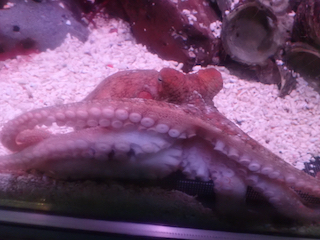
-
| 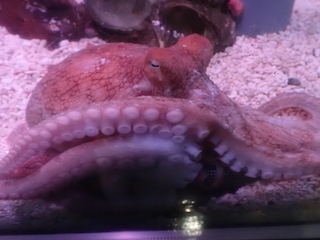
-
| 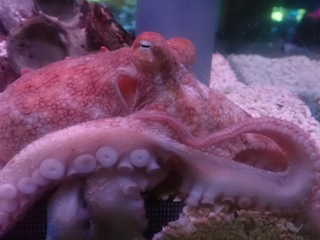
-
|
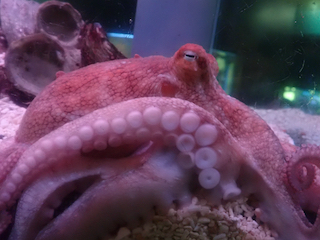
-
| 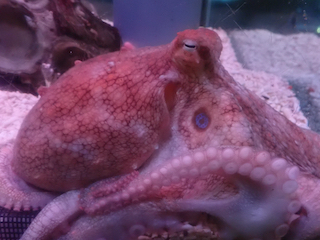
-
| 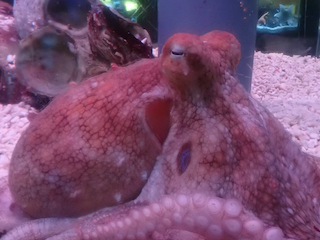
-
|
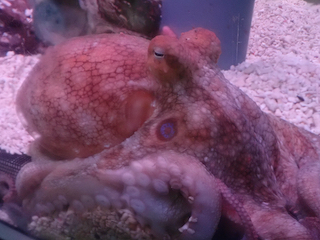
-
| 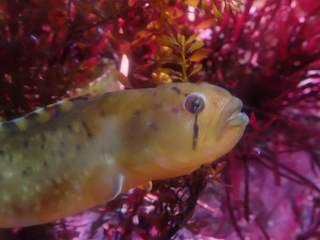
-
| 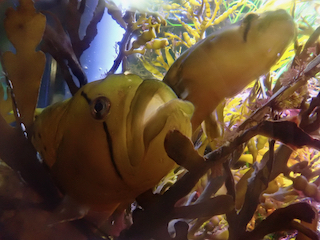
-
|
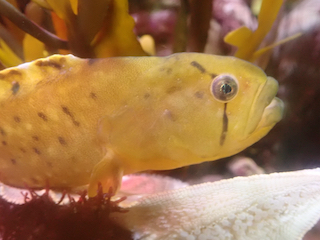
-
| 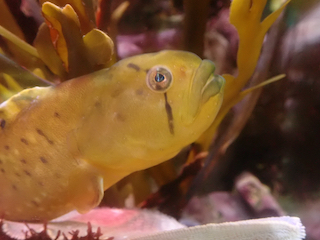
-
| 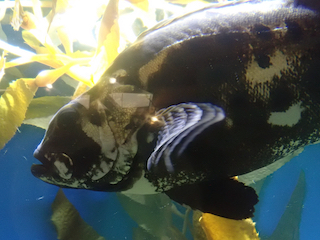
-
|
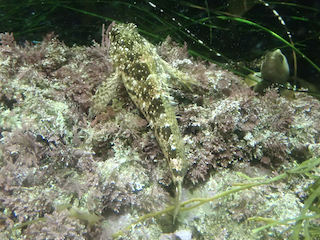
-
| 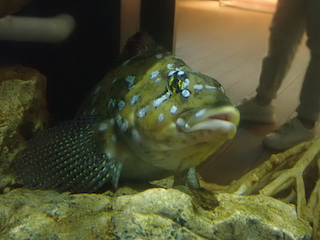
-
| 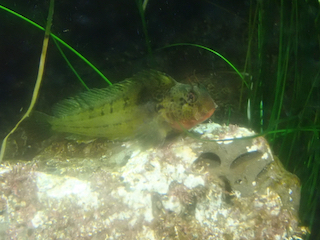
-
|
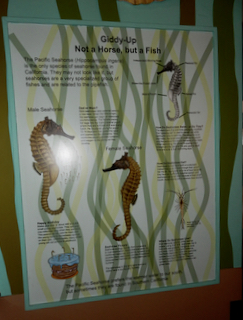
-
| 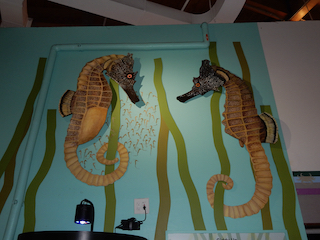
-
| 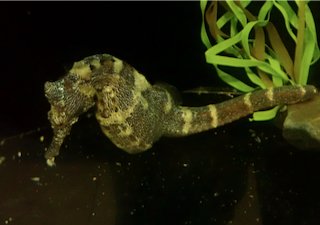
-
|
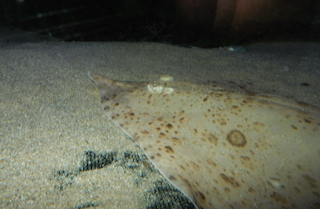
-
| 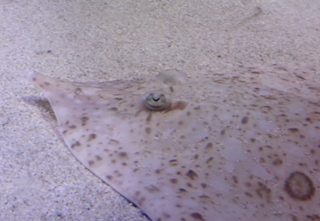
-
| 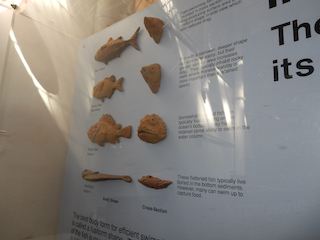
-
|

-
| 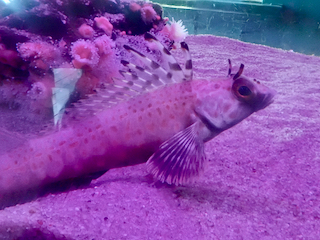
-
| 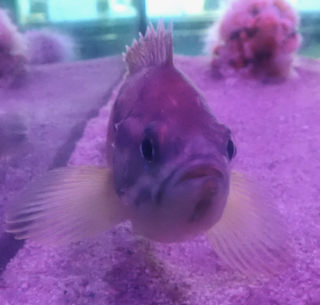
-
|
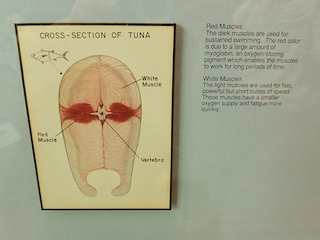
-
| 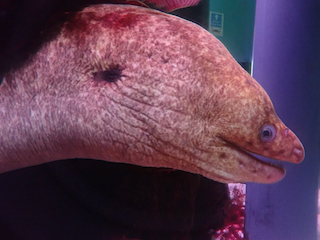
-
| 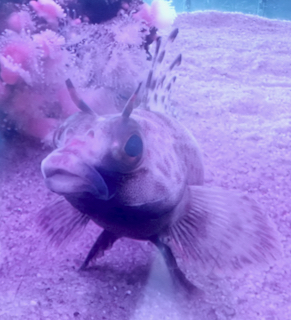
-
|
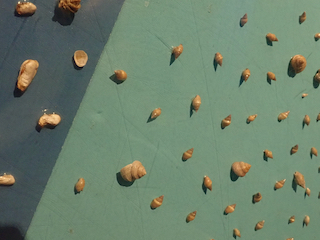
-
| 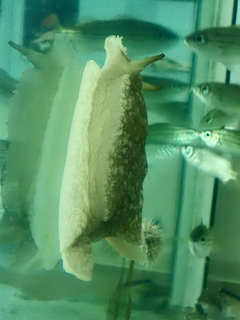
-
| 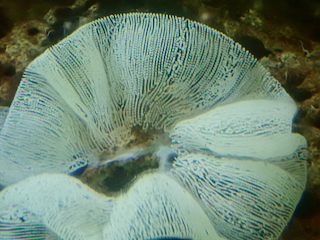
-
|
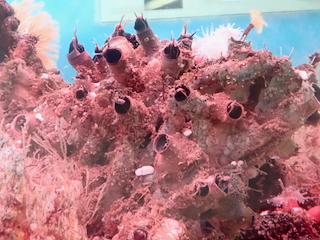
-
| 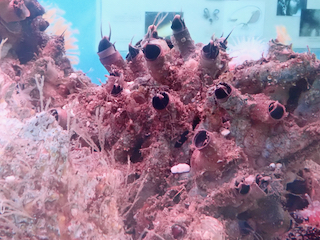
-
| 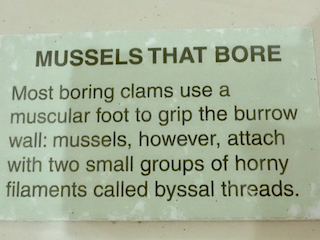
-
|
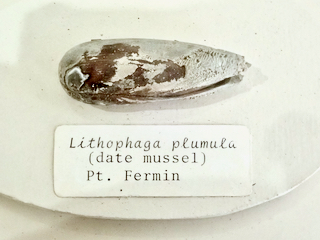
Lithophaga (Diberus) plumula (Hanley, 1843) is called the feathered datemussel because of
its feather-like encrustations, only it seems to lack them in California and that led Hertlein & Strong (1946) to propose a no-longer recognized subspecies, L. plumula kelseyi. -
Source for this and the following notes on bivalves: Coan, Valentich-Scott & Bernard, 2000.
| 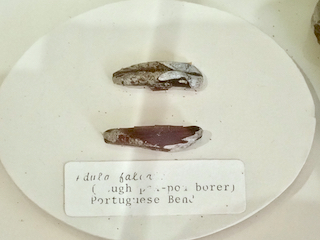
Possibly Adula californiensis Philippi, 1847 based on its appearance -- not Adula gruneri (Philippi, 1851),
which is accepted name in place of Lithodomus falcatus Gould, 1851 -- not to be confused (but I am a bit confused) with Adula falcatoides Habe, 1955.
| 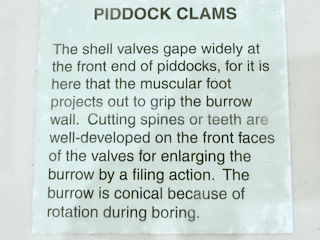
-
|
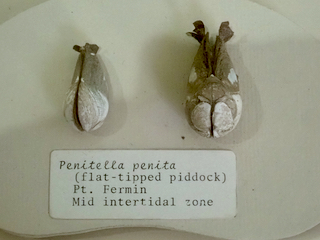
Penitella penita (Conrad, 1837) is our most common of various species of boring pholads(Pholadidae),
also known as piddocks,
which are relatively well known by paleontologists, and are very common in California, but difficult to observe intact without breaking apart their rock substrates. - In
2017 at Sacred Cove, I also found
a specimen of an uncommon species that was confused with P. penita before it was described in 1955 by Ruth D. Turner as Penitella fitchi (Fitch piddock).
I donated it to the Santa Barbara Museum of Natural History after taking a tissue clip for DNA analysis. It was originally identified as such by George Kennedy.
| 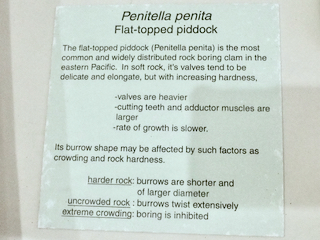
There is apparently a relationship between rock and shell hardness. - Pholads can perhaps be best
observed in the field from recognizing their colorful two-part siphons, as seen at Sacred Cove in 2019.
| 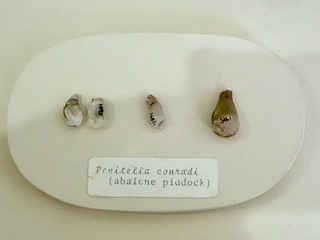
Penitella conradi Valeciennes, 1846 is the type species of its genus, and is known as the abalone piddock
because in Japan it often bores into abalone and mussel shells, according to Coan et al. (2000). One might expect that it could have been introduced from Japan, like so many
other species, if it were not known from the Pliocene or even possibly Miocene from western North America.
|
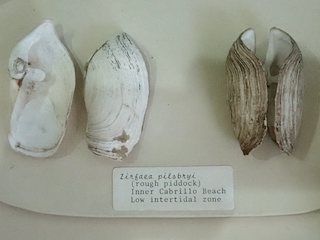
Barnea (Anchomasa) subtruncata (G.B. Sowerby I, 1834), the Pacific piddock, re-identified by DJE from
Zirfaea pilsbryi Lowe, 1931, or Pilsbry piddock, based on Coan et al. (2000). The latter species appears to be our only local pholad bivalve with a subquadrate shell shape,
but it should have two distinct zones of sculpture type, the anterior with imbricate concentric ridges and the separated posteror region should have only concentric lirae --
both species have a tab-like apophysis seen on the shell on the far left.
| 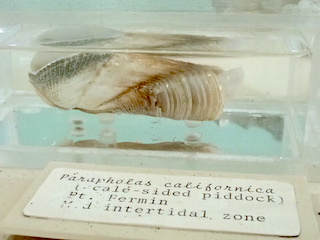
Parapholas californica (Conrad, 1837), or scaleside piddock, bores into clay sandstone and shale,
and is reported from the Pliocene in California (source: Coan et al. 2000).
| 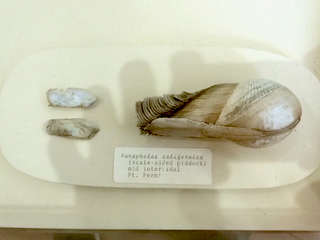
-
|
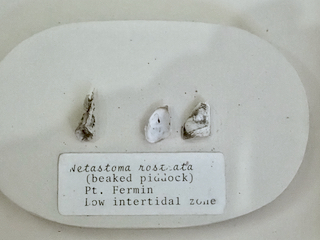
Netastoma rostratum (Valenciennes, 1846), or equal rostrate-piddock), is in a different subfamily,
Jouannetiinae, from the preceding piddocks. It bores into shales from 0-100m depth.
| 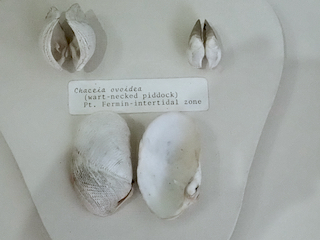
Chaceia ovoidea (Gould, 1851), or wartneck piddock, does seem to have an ovate shell.
It bores into clay and shale from the intertidal to subtidal (source: Coan et al. 2000).
| 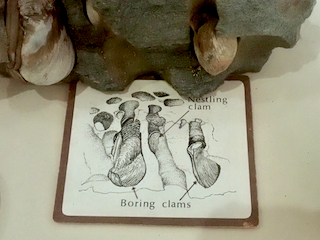
-
|
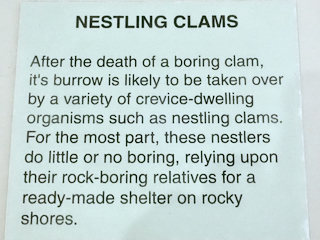
-
| 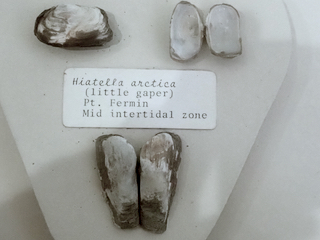
Hiatella arctica (Linnaeus, 1767), also known as the Arctic Hiatella), but from what I have seen of
sequence results, this is almost certainly a very complicated complex of similar appearing species that occur worldwide, probably also spread by humans.
| 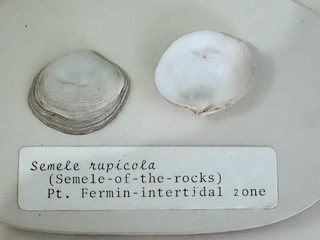
Semele rubropicta Dall, 1871, also known as rose-painted Semele. In southern California, one is
probably more likely to encounter its larger relative, S. decisa (clipped Semele).
|
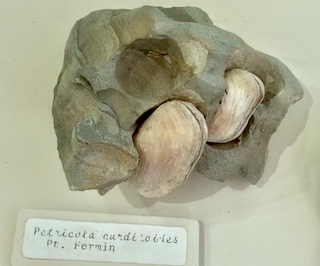
Petricola carditoides (Conrad, 1837) from the family, Petricolidae, is known as the hearty petricolid.
It does not appear to be able to penetrate hard substrates, so is a nestler, living in unoccupied pholad holes (source: Coan et al. 2000).
| 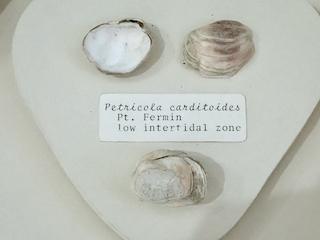
-
| 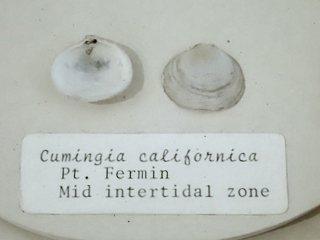
Cumingia californica Conrad, 1837 is known as the California Semele.
The genus is named for the famous British shell collector, Hugh Cuming, also referred to as the "Prince of collectors"
(Source: Peter Dance, 1980).
|
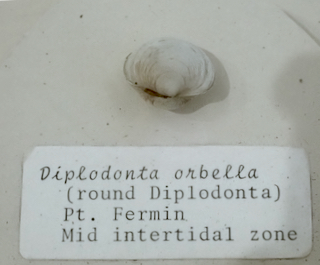
Diplodonta orbella (Gould, 1851), or orb diplodon, is a member of the family Ungulinidae,
which seems to have an interesting manner of secreting a mucus-lined channel through which its feeding current travels.
| 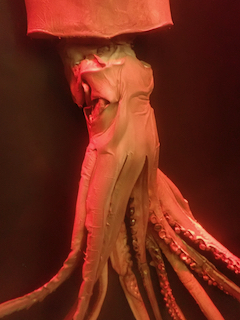
-
| 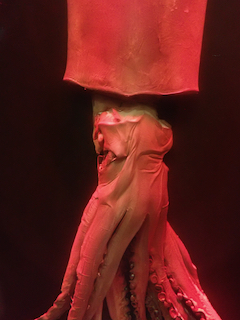
-
|
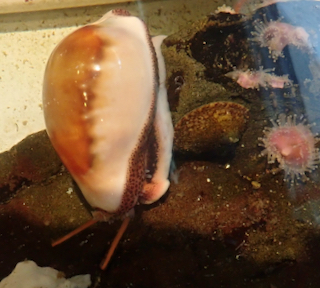
-
| 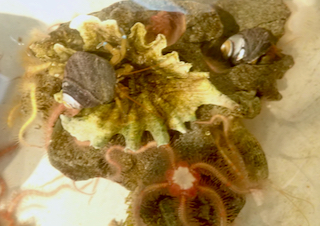
-
| 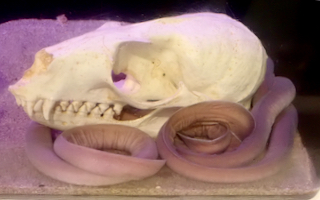
-
|
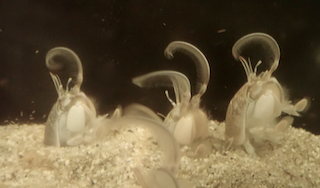
-
| 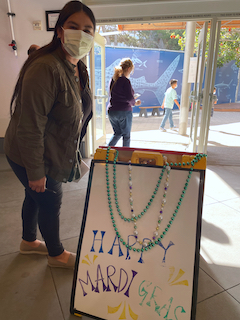
-
| 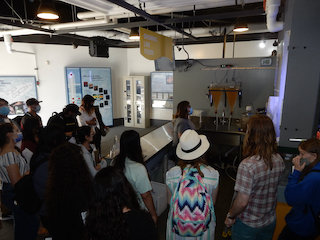
-
|
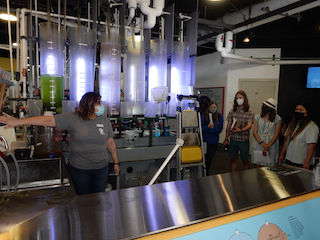
-
| 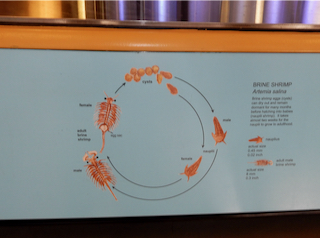
-
| 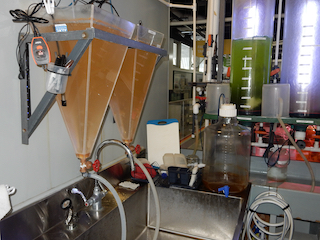
-
|
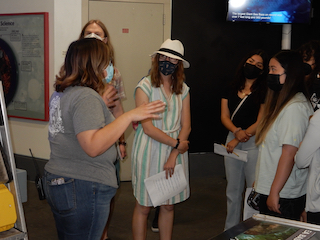
-
| 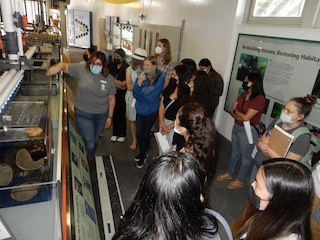
-
| 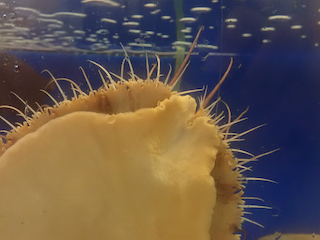
-
|
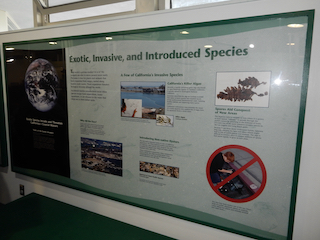
-
| 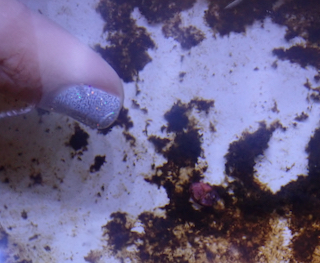
-
| 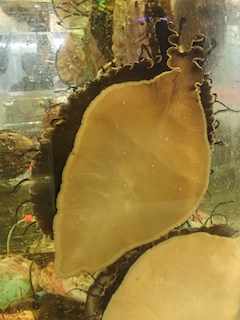
-
|
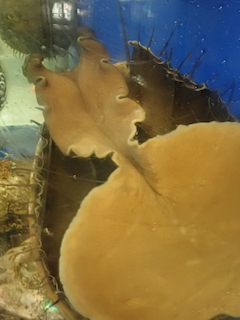
-
| 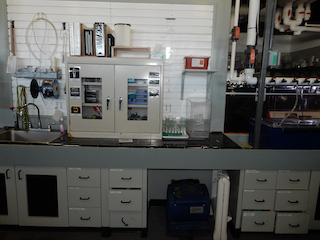
-
| 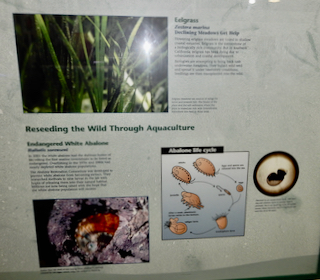
-
|
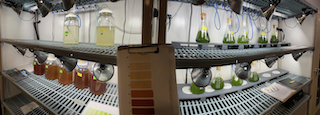
-
|
 Under Construction!
Under Construction! Under Construction!
Under Construction!